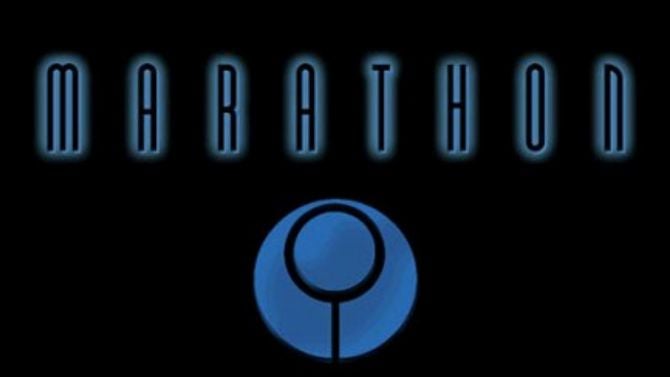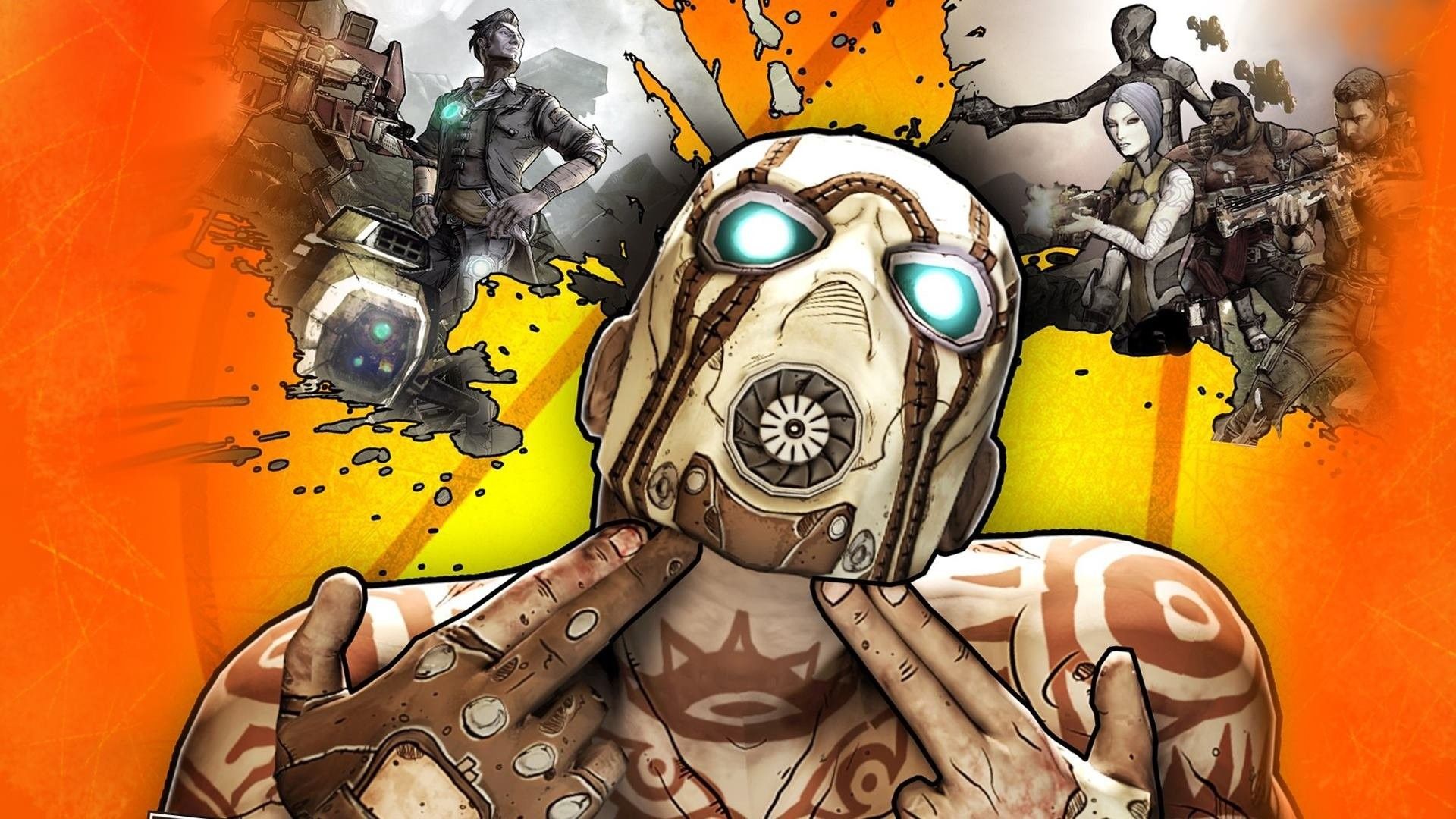Halo, everyone knows! The SF blockbuster created by Bungie Software made the heyday of the Xbox consoles, and even if the license has lost some of its aura over the episodes, it still federates a large community of fans. If the notority of Bungie is based almost exclusively on Halo, the American studio did not wait for the adventures of the Major to send us to smash the alien. Almost a decade before the release of the first Halo, Bungie was already trying his hand at futuristic shooter with … Marathon!
Why is it cult?
Marathon, it’s a trilogy of FPS developed by Bungie for Mac Os. The first episode saw the light of day in 1994, and quickly gained a very good reputation among the community of Macintosh gamers. (This community really existed, no offense to PCists)
The action takes place aboard a gigantic spaceship invaded by aliens. Guided by the ship’s AI, the player must accomplish various objectives to repel the invader. We thus find ourselves reestablishing the current, activating security doors, saving civilians … The objectives are varied and contrast nicely with other Doom-Like where we often only rummage through the levels to find keys.
In Marathon, we spend 50% of the playing time using computer terminals. It’s simple, there are absolutely EVERYWHERE! The level briefing? A terminal ! The scenario? Another milestone! Save? Only at the terminals provided for this purpose. Even to regain life, we swap the good old care kits for charging stations … A strange choice of game design that has good sides (we can heal infinitely), but which also forces the player to multiply round trip.
On the weapons side, Marathon is just as much off the beaten track. It is one of the first FPS to offer secondary fire on most guns. The machine gun doubles as a grenade launcher, the plasma pistol allows you to load a devastating shot… What to deal with all situations! You can also aim high. seems harmless, but at the time it was a real revolution.
Let’s move on to the point: The artistic direction! Bungie has often been mocked for its neon and nave aesthetic games, which are surprising compared to the usual codes of SF. Here, unsurprisingly, the aliens have the mouths of paint cans.
If we put these few eccentricities, Marathon remains very immersive. The “brain” approach to FPS makes the game less grueling than Doom. Each level has its own identity and role in the overall plot. The scenario also reserves some twists and turns that are well worth the time we can spend stuffing the text on the various terminals.
Replayability potential: 5/10
If it has aged, and suffers from a rigidity that will put off a lot of players, Marathon remains an interesting piece in Bungie history. It’s a game far removed from the vast battlefields of Halo, but already has some of the ingredients that will make the cult license a success. For the curious, the very good open source port Aleph One allows you to play all three episodes for free on current systems (Windows, Mac Os, Linux).








